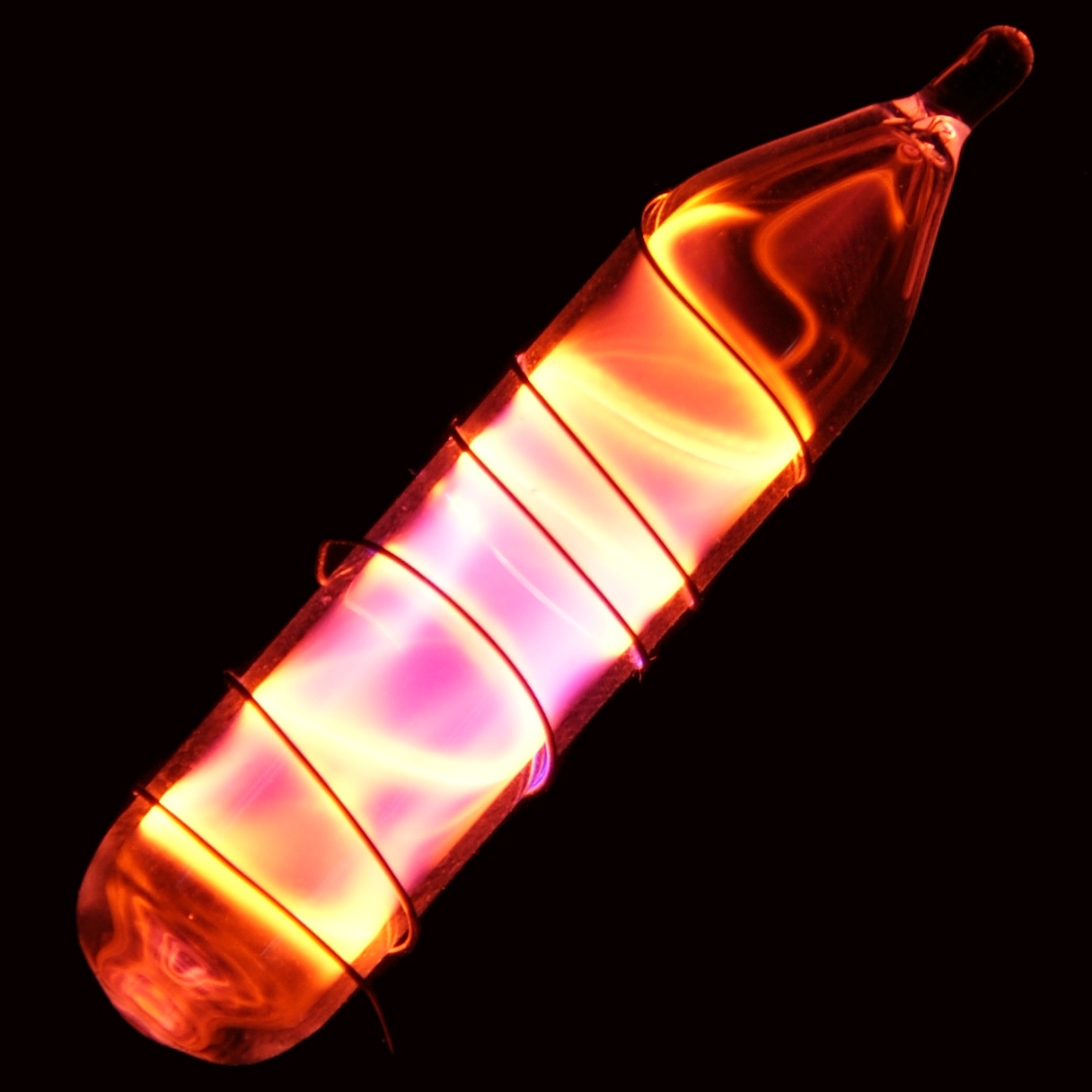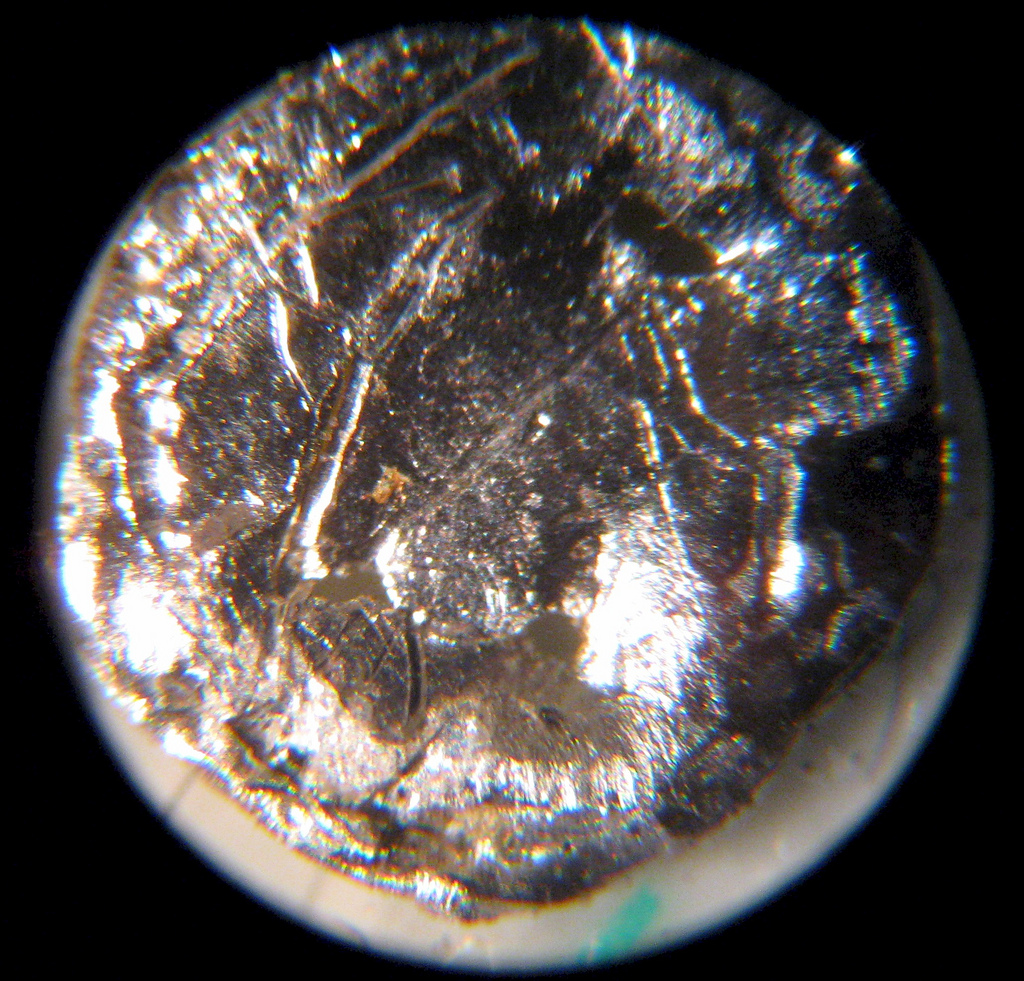An onyx is a very dull gemstone that is found in Brazil, India, and California. It has a very smooth texture and is usually brown, though there are some brown and red onyx too. Some onyx have white stripes through them. These specific types are called sardonyx.
The word onyx comes from the Greek term for nails or claws. The myth is that when Venus slept with Eros, he clipped her fingernails and they fell to Earth. Since no part of a God can die, they were instead turned into stone which became onyx.
Onyx is also believed to be an increase of happiness, instinct, and intuition. It is also worn to help fight disease and break bad habits.



